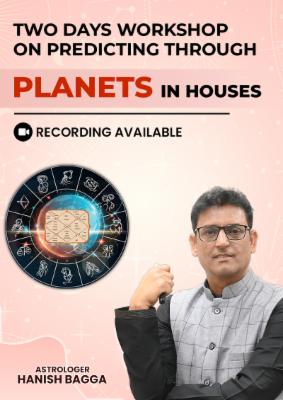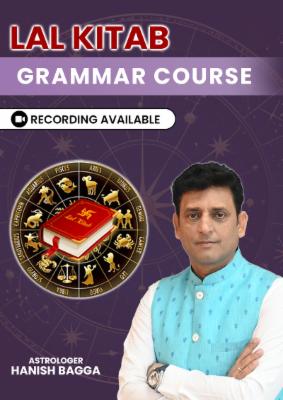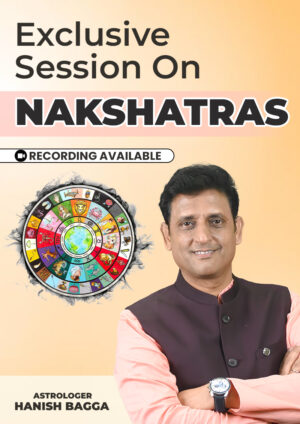Introduction to Contemporary Astrology:
Contemporary Astrology, the study of celestial bodies’ movements and their alleged influence on human affairs, has captivated humanity for millennia. Its development spans countless cultures and epochs, each contributing unique perspectives and methodologies. Let’s embark on a journey through time to explore the major stages in astrology’s evolution and understand what makes them significant.
Ancient Beginnings
Mesopotamian Astrology
The cradle of astrology lies in ancient Mesopotamia, where stargazers first began to correlate celestial events with earthly happenings. Can you imagine the awe they felt, gazing up at the night sky? These early astrologers laid the foundation for what would become a complex system of divination and prediction.
Egyptian Astrology
As we sail down the Nile, we encounter Egyptian Contemporary Astrology, which intertwined celestial observations with their rich mythology. The Egyptians developed a system of decans, dividing the sky into 36 sections, each associated with a specific deity. This innovation would influence astrological practices for centuries to come.
Classical Greek and Roman Astrology
Hellenistic Period
Ah, the Greeks! They took Contemporary Astrology to new heights during the Hellenistic period. This era saw the birth of horoscopic astrology, where the exact time of birth became crucial in chart interpretation. The Greeks’ systematic approach and philosophical underpinnings transformed astrology into a more sophisticated practice.
Ptolemaic Astrology
Enter Claudius Ptolemy, the rock star of ancient astronomy. His work “Tetrabiblos” became the astrological bible for centuries. Ptolemy’s geocentric model of the universe, while incorrect, provided a framework for astrological calculations that would persist well into the Renaissance.
Medieval Astrology
Islamic Contributions
As Europe entered the Dark Ages, Islamic scholars kept the flame of knowledge burning bright. They preserved and expanded upon Greek and Roman astrological texts, introducing new techniques and refining existing ones. The astrolabe, a powerful tool for astronomical calculations, flourished during this period.
European Developments
Meanwhile, in the towers and monasteries of medieval Europe, astrology found a new home. It became intertwined with Christian theology and was studied alongside other liberal arts. Court astrologers advised kings and nobles, demonstrating the practice’s political significance.
Renaissance Astrology
Revival of Classical Texts
The Renaissance breathed new life into Contemporary Astrology. As classical texts were rediscovered and translated, astrologers gained access to ancient wisdom. This period saw a surge in astrological publications and the refinement of techniques.
Influence on Science and Art
Contemporary Astrology influence extended beyond divination. It inspired great works of art and literature, and many early astronomers, including Kepler and Galileo, practiced astrology. The line between astronomy and astrology was often blurred during this exciting era of discovery.
Modern Astrology
Psychological Astrology
The 20th century brought a new dimension to Contemporary Astrology with the rise of psychology. Carl Jung’s work on archetypes and the collective unconscious found resonance in astrological symbolism. This marriage of psychology and astrology opened up new avenues for self-discovery and personal growth.
New Age Movement
The New Age movement of the 1960s and 70s embraced Contemporary Astrology with open arms. This period saw a popularization of astrology, making it more accessible to the masses. Sun sign horoscopes became a staple in newspapers and magazines, introducing millions to basic astrological concepts.
Contemporary Astrology
Technological Advancements
In our digital age, Contemporary Astrology has found a new home online. Sophisticated software has revolutionized chart calculations, making complex techniques accessible to novices and experts alike. Social media has created new platforms for astrological discourse and community-building.
Global Perspectives
As our world becomes more interconnected, astrology is experiencing a cross-pollination of ideas. Western astrology is engaging with other traditions, such as Vedic astrology from India and Chinese astrology, creating new synergies and approaches.
For interesting astrology-related videos, subscribe to us on Youtube
Conclusion to Contemporary Astrology:
From the stargazers of ancient Mesopotamia to the app developers of Silicon Valley, astrology has come a long way. Each stage in its development has been marked by innovation, cultural exchange, and a deepening understanding of human nature. Whether you’re a skeptic or a true believer, there’s no denying astrology’s enduring impact on human culture and thought.
Read Also: Horoscope Hype: Magazine Astrology Hidden Truths
FAQs about Contemporary Astrology:
Q1. How old is astrology?
Ans- Astrology has roots dating back to at least 2000 BCE in Mesopotamia, making it over 4,000 years old.
Q2. Is there a difference between astronomy and astrology?
Ans- Yes, astronomy is a scientific study of celestial objects and phenomena, while astrology is the belief that the positions of celestial bodies can influence human affairs.
Q3. Who invented modern Western astrology?
Ans- Modern Western astrology doesn’t have a single inventor but evolved over time. Key figures include Ptolemy in ancient times and Alan Leo in the early 20th century.
Q4. How has technology changed astrology?
Ans- Technology has made astrological calculations faster and more accurate, enabled easy access to information, and created new platforms for astrological content and community.
Q5. Is astrology considered a science?
Ans- Astrology is not considered a science by the scientific community as it lacks empirical evidence and doesn’t follow the scientific method. It’s generally classified as a pseudoscience or belief system.






























